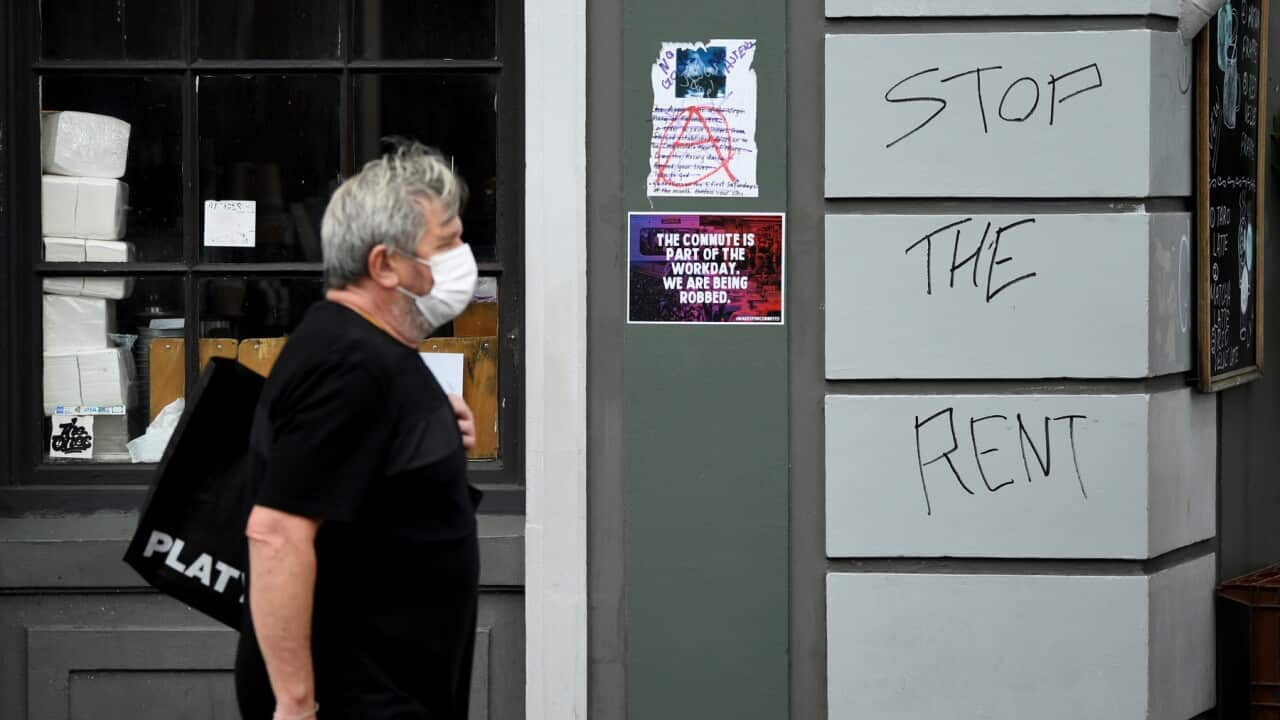Key Points
- Poorly built homes are becoming like an 'oven' with one home reaching over 51 degrees inside during the Summer.
- Some resort to using portable air-conditioners doubling their energy bills forcing some to cut back on essentials.
- Better Renting is calling on the government to act to keep renters safe as temperatures, energy costs and rents rise.
The combined stresses of the rising cost of housing, energy bills and summer heat in substandard housing are having a physical and mental toll on renters.
A released on Thursday found renters were putting up with unhealthy temperatures in smelly, mouldy homes.
"Hell" was a common description of their homes during the summer months.
Some spoke about feeling "cooked from above" as heat radiated down towards them from their uninsulated ceiling.
Using portable air conditioners doubled power bills, meaning there was less money for food, rent and essential medicines.
Future summers are likely to be hotter, with heatwaves becoming more frequent, more severe and longer-lasting.
Governments can respond by introducing minimum energy efficiency standards for rental homes and taking action to end unfair evictions and limit rent increases, the report recommended.
"As temperatures, energy costs and rents continue to go up, governments need to act to keep renters safe in their homes," Better Renting spokesman Joel Dignam said.
Indoor temperatures were above 25 degrees for more than nine hours a day and above 30 degrees for an hour a day on average over summer, according to 77 renter researchers across Australia who tracked heat and humidity.
Despite milder temperatures from December to February, people who rent still struggled with heat and humidity because of poor insulation and rising energy costs.
Structural defects and poorly maintained homes, some described as shacks, added to their woes.
And while an increasing number of homeowners benefit from cheap power from rooftop solar during summer and winter, renters tend to miss out.
Renters are scared to complain to landlords and real estate agents because they fear a retaliatory rent increase or eviction with housing in such short supply.
Rising heat is a particular challenge for older renters in public housing, according to Awhina Kapa, who works with Victorian organisation cohealth.
"Our residents are using local pubs and pokies to get relief from the heat at night," she said.
"We are seeing these residents struggling to pay for necessities such as toilet paper, bread, and milk due to feeling the pressure to spend money while inside these venues."
WA was one of the hottest jurisdictions but tended to record lower humidity, making it easier for people to feel cool.
A rental in Tasmania recorded the highest temperature, with an indoor reading of 51.8 degrees.
The second-highest, 46.4 degrees on Boxing Day, was recorded in NSW. Renters in the Northern Territory spent almost all their time above 25 degrees.
Queensland had a similar profile to the NT, but not as extreme, while Victoria was generally a cooler state with temperatures in a healthy range about 18 hours a day.
Social housing renters in South Australia were more likely than private renters to spend time in unhealthy temperature ranges, the report found.
Renters in the ACT, where access to built-in air-conditioning is more common, recorded healthy indoor temperatures most of the time.



